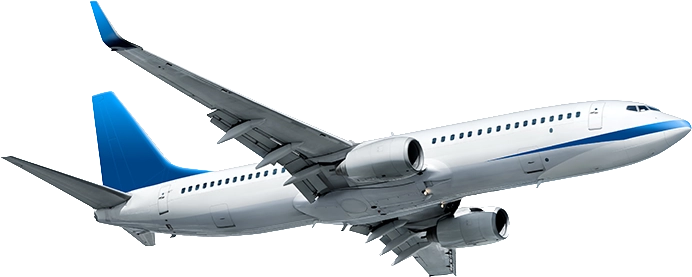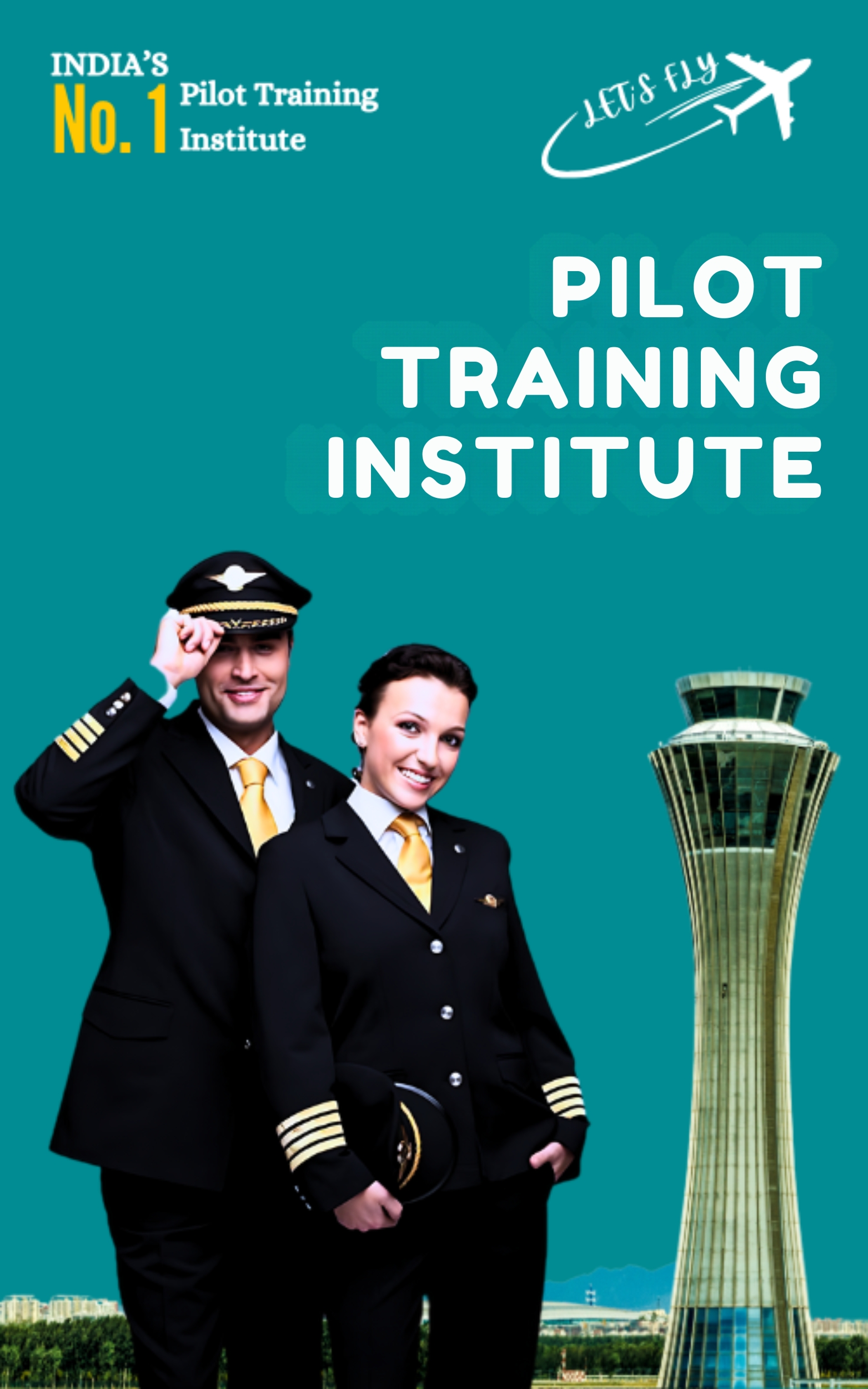Cadet vs Conventional Pilot Training in India: A Guide to Choosing the Right Path to the Skies
Embarking on a journey to become a pilot in India presents two primary pathways: the Conventional Pilot Training Program and the Cadet Pilot Program. Each route offers distinct advantages, challenges, and financial considerations. This comprehensive guide delves into various facets of both programs, including their structures, costs, benefits, downsides, and training locations, to assist aspiring aviators in making informed decisions.
Conventional Pilot Training Program-
Overview
The Conventional Pilot Training Program involves independently enrolling in a flight school without direct affiliation to any airline. This modular approach allows trainees to progress through various stages at their own pace, culminating in the acquisition of a Commercial Pilot License (CPL).
Structure and Curriculum
Training typically encompasses:
- Ground School: Theoretical instruction covering aviation subjects such as air navigation, meteorology, and air regulations.
- Flight Training: Practical flying experience, including solo and dual flights, to accumulate the requisite flight hours.
- Examinations: Passing the Directorate General of Civil Aviation (DGCA) exams is mandatory for licensure.
Cost Breakdown
The financial investment for conventional training varies based on factors like flight school location and aircraft type. An approximate breakdown includes:
- Medical Examinations: Class 2 medicals (₹5,000) and Class 1 medicals (₹3,000–₹8,000).
- Flight Training: Single-engine aircraft training costs range from ₹8,500 to ₹13,000 per hour, while multi-engine training can cost ₹25,000 to ₹40,000 per hour. A minimum of 200 flight hours is required, leading to a total estimated cost of ₹35–₹60 lakhs.
- Examinations and Licenses: DGCA exam fees, license issuance, and other miscellaneous expenses can add up to approximately ₹25,000.
- Study Materials and Equipment: Books, uniforms, and necessary tools may cost around ₹40,000.
- Accommodation and Living Expenses: Depending on the location, monthly expenses can range from ₹7,000 to ₹11,000.
Benefits
- Flexibility: Trainees can choose their flight schools and tailor their training schedules
- Diverse Experience: Exposure to various aircraft types and training environments enhances adaptability.
- Cost Efficiency: Generally, conventional training is less expensive than cadet programs.
Downsides
- Job Placement Uncertainty: Graduates must independently secure employment, which can be challenging in a competitive market.
- Variable Training Quality: The quality of instruction may differ between schools, necessitating thorough research before enrollment.
- Extended Duration: Training timelines can be unpredictable due to factors like weather conditions and instructor availability.
Training Locations
Aspiring pilots can pursue conventional training both domestically and internationally:
- India: Numerous flight schools across the country offer CPL programs.
- Abroad: Countries like the USA, Canada, New Zealand, and South Africa are popular for flight training, each with its own cost structures and training durations.
Cadet Pilot Program
Overview
Cadet Pilot Programs are structured training initiatives sponsored by airlines to cultivate pilots tailored to their operational standards. These programs often include a conditional job offer upon successful completion.



